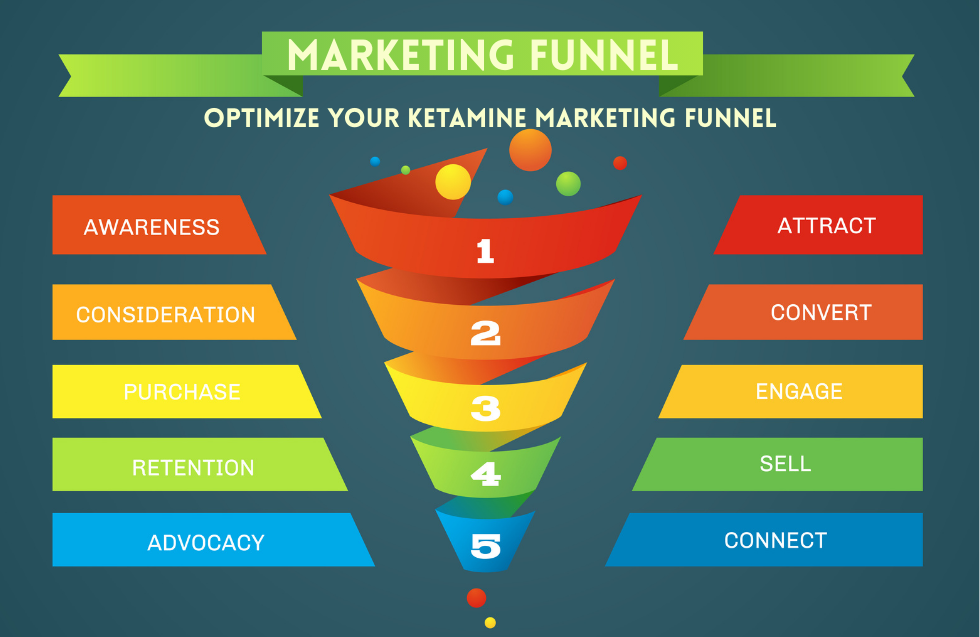Bringing your brand to the market is an exciting yet challenging process that requires strategic planning, thorough research, and an understanding of your target audience. Whether you’re launching a new product or revamping an existing one, ensuring that your brand is market-ready can make the difference between success and failure. Here’s a step-by-step guide to help you prepare your brand for the marketplace, including an essential section on advertising strategy to ensure your brand reaches the right audience.
1. Define Your Brand Identity
Your brand identity is the foundation of your business. It encompasses your mission, vision, core values, and overall personality. To create a strong identity:
- Mission Statement: Clearly define your business’s purpose and what makes it unique.
- Brand Voice: Establish a consistent tone of communication, whether it’s casual, professional, or playful.
- Visual Identity: Design a logo, color palette, and typography that reflects your brand’s personality and makes it memorable.
2. Understand Your Target Audience
Before entering the market, it’s essential to know who your potential customers are. Conduct research to:
- Identify Demographics: Understand your audience’s age, location, gender, income, and other relevant factors.
- Analyze Behavior: Learn about your audience’s purchasing habits, interests, and needs.
- Create Buyer Personas: Develop profiles of your ideal customers to guide your marketing strategies.
3. Research the Competition
Understanding your competitors is crucial for positioning your brand effectively. Here’s how to conduct a competitive analysis:
- Identify Key Competitors: List the top brands in your industry and analyze their market presence.
- SWOT Analysis: Evaluate their Strengths, Weaknesses, Opportunities, and Threats.
- Benchmarking: Compare their products, pricing, and customer service to your offerings.
By knowing your competitors’ strengths and weaknesses, you can find gaps in the market and position your brand uniquely.
4. Develop a Value Proposition
Your value proposition is the promise you make to your customers about the benefits of your products or services. To craft a compelling value proposition:
- Focus on Benefits: Highlight what problems your product solves or how it improves your customer’s life.
- Be Specific: Avoid vague promises. Use clear, concise language to explain why your product is better than the competition.
- Showcase Your Uniqueness: What sets you apart? This could be innovation, quality, customer service, or affordability.
5. Build a Strong Online Presence
A strong digital presence is essential for any brand in today’s market. Ensure that your brand is easily discoverable by:
- Creating a Professional Website: Invest in a user-friendly website with clear navigation, engaging content, and mobile compatibility.
- Search Engine Optimization (SEO): Use relevant keywords in your website content to improve search engine rankings.
- Leverage Social Media: Choose the platforms where your target audience is most active and post regularly to build engagement.
- Content Marketing: Write blogs, create videos, or share infographics to provide value to your audience while promoting your brand.
6. Develop a Go-to-Market Strategy
Your go-to-market (GTM) strategy outlines how you will introduce your brand to your target audience. A well-structured GTM plan should include:
- Sales Channels: Decide whether you will sell online, in physical stores, or through a combination of both.
- Pricing Strategy: Ensure your pricing is competitive while reflecting the value of your product.
- Marketing Campaigns: Develop marketing initiatives such as social media ads, email marketing, influencer partnerships, and PR to generate buzz around your brand.
7. Test and Refine
Before a full launch, test your product or service in a controlled environment to gather feedback:
- Beta Testing: Release your product to a select group of customers and collect their opinions on the product’s usability, functionality, and value.
- A/B Testing: Test different versions of your website, ads, or promotional materials to see which resonates better with your audience.
- Customer Surveys: Ask for feedback from your early customers to improve your product and marketing approach before the official launch.
8. Prepare for a Strong Launch
Launching your brand is a critical moment, so make sure all aspects are aligned. Here’s how to prepare:
- Launch Date: Pick a date that allows enough time to build anticipation through pre-launch marketing.
- Marketing Materials: Ensure all marketing materials (ads, email campaigns, press releases) are ready and scheduled.
- Customer Support: Have a robust customer support system in place to handle inquiries or issues during the launch phase.
9. Advertising Strategy
Your advertising strategy is the driving force that will push your brand to your target audience and generate sales. To ensure your advertising is effective, follow these steps:
- Choose the Right Channels: Based on your target audience, select the most effective advertising platforms. This may include:
- Social Media Ads: Facebook, Instagram, TikTok, and LinkedIn are popular choices for targeting specific demographics.
- Google Ads: Utilize search ads, display ads, and shopping ads to capture people actively searching for your products.
- Influencer Marketing: Partner with influencers in your industry to promote your brand to their followers.
- Email Marketing: Build an email list and send targeted campaigns to drive customer engagement.
- Set Clear Objectives: Whether you want to increase brand awareness, drive website traffic, or generate sales, define your advertising goals clearly. This helps in:
- Allocating the right budget.
- Measuring the effectiveness of your campaigns.
- Refining your advertising efforts based on performance.
- Create Engaging Content: Your ads need to grab attention immediately. Ensure your content:
- Is visually appealing with high-quality images or videos.
- Has clear, concise copy that highlights your unique selling proposition (USP).
- Includes a strong call-to-action (CTA), encouraging users to click, shop, or learn more.
- Target Your Audience Precisely: Use data-driven tools to create segmented campaigns. Platforms like Facebook and Google allow you to narrow down your audience based on:
- Demographics (age, gender, location, etc.).
- Interests and behaviors.
- Retargeting (showing ads to people who have already visited your website).
- Monitor and Optimize: Keep track of your campaign’s performance by monitoring key metrics such as click-through rates (CTR), conversion rates, and return on ad spend (ROAS). Regularly optimize your ads by:
- Adjusting targeting based on performance.
- A/B testing different headlines, images, and CTAs.
- Reallocating your budget to the best-performing ads.
By having a well-planned advertising strategy, you ensure your brand reaches the right audience at the right time, increasing your chances of success in the market.
10. Monitor and Adapt Post-Launch
Your work doesn’t stop once the brand is in the market. Monitor its performance and be prepared to adapt:
- Track Key Metrics: Use analytics tools to measure customer engagement, website traffic, conversion rates, and sales.
- Collect Feedback: Continue gathering customer opinions to make necessary improvements to your products or services.
- Stay Agile: Market conditions change, so be flexible in adjusting your strategy based on real-time data and trends.
Conclusion
Launching a brand is a complex but rewarding process. By defining your brand identity, researching your target audience and competition, creating a value proposition, building a strong online presence, executing a well-planned go-to-market strategy, and crafting an effective advertising strategy, you can ensure that your brand is ready for market success.
Stay adaptable, listen to your customers, and continue refining your approach to meet evolving market demands. With these steps, your brand will be well-positioned to make a strong impression and thrive in today’s competitive marketplace.













